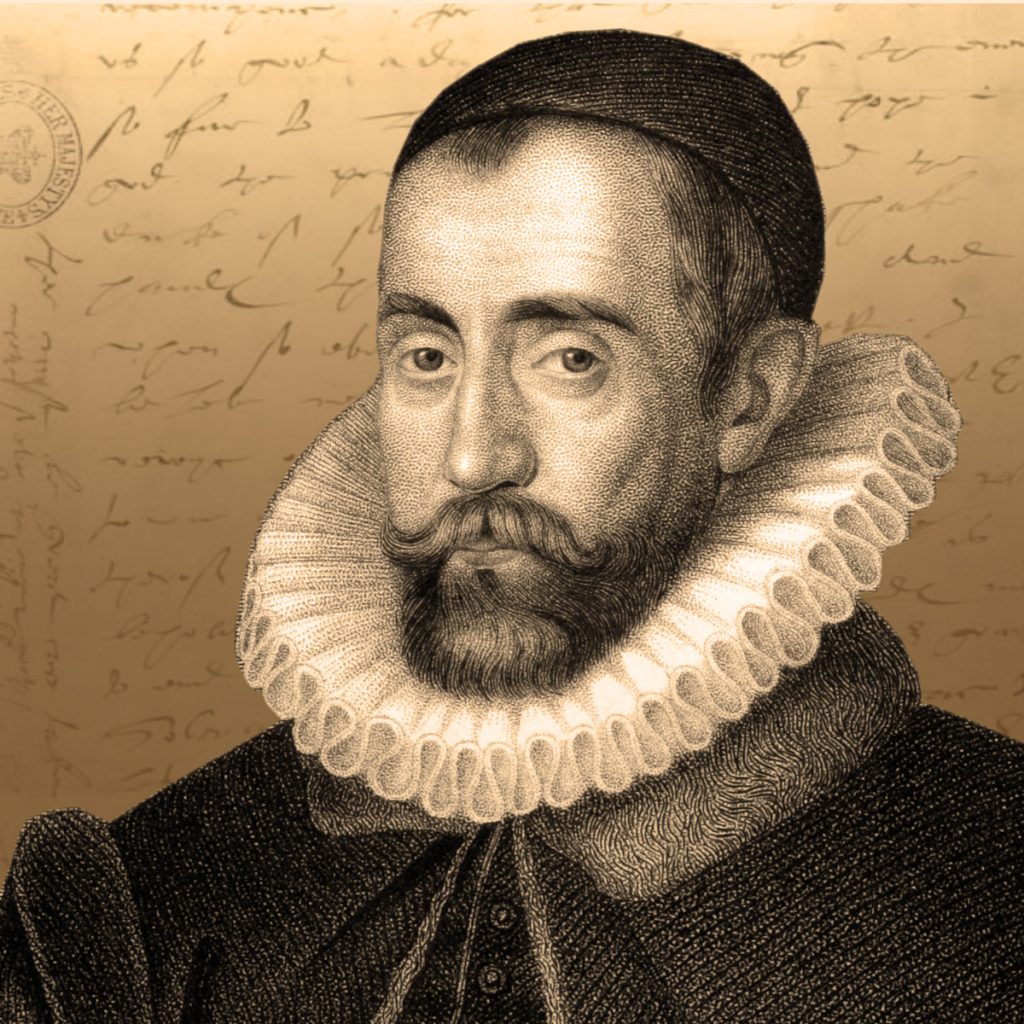 The Stage
The Stage
Queen Elizabeth I, daughter to Henry VIII, became England’s ruler in 1558. One of her first acts as queen was the establishment of an English Protestant church, of which she was made Supreme Governor. During her reign, tension was high between Protestants and Catholics and Queen Elizabeth was constantly concerned for her throne.
In 1567, Elizabeth’s Catholic cousin, Mary Stuart, Queen of Scots was forced to give up her Scottish throne and fled to England, where she was placed under house arrest. There were rumors and plots among Catholics to overthrow the queen and replace her with Mary. England’s military was weak, the treasury lean, and relations with neighboring countries tenuous. Security depended on intelligence.
Sir Francis Walsingham, Elizabeth’s Principal Secretary, was a spy master with a zeal against Catholicism. He built an intelligence network over several decades at home and abroad of well connected, educated spies. Walsingham was one of the authors of a law called Bond of Association that passed in Parliament in 1586 authorizing the execution of anyone attempting to usurp the throne or assassinate the Queen.
The Babington Plot
That same year, while still under house arrest, Mary, Queen of Scots began getting letters from Anthony Babington, a Catholic rebel who was part of a group who wanted to kill the Queen, and return England to the Catholic Church. Gilbert Gifford was an exiled Catholic and one of Walsingham’s operatives who built a relationship with Babington, stoking his rebellious appetite. Gifford worked out a way with conspirators to smuggle coded correspondence to and from Mary concealed in beer kegs. What Mary and Babington’s collaborators didn’t know, was every letter passed through Walsingham, who deciphered the code and forged copies. He even altered a reply from Mary with a request for the names of all the conspirators working with him. Babington, being young and impressionable, eagerly provided them.
In one of the letters Babington wrote to Mary, he detailed plans of her rescue and asked her permission to kill the Queen. Mary’s reply agreed with the plans, but she did not authorize the assassination. When the letter passed to Walsingham, a postscript was added authorizing the assassination. Walsingham had all he needed to bring the conspiracy to light. Within days, Babington, Mary and the other conspirators were arrested. Babington, begging for the Queen’s mercy, was tried and executed in 1586. Mary was tried and beheaded in February, 1587. Walsingham continued serving the Queen a few years longer but battled illness to his end. Admired by Protestant intelligentsia, despised by Catholics, Sir Francis Walsingham died in 1590, broke and out of favor. But England’s original Spy Master influenced the course of history.
This is an excerpt from REI’s TSCM Journal (View the full PDF version).
